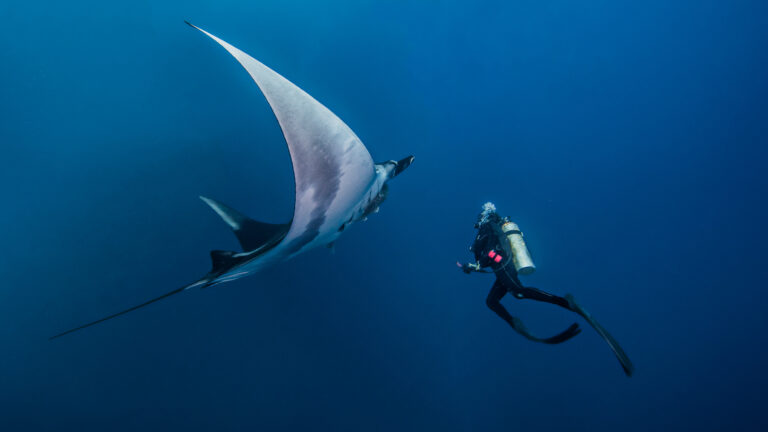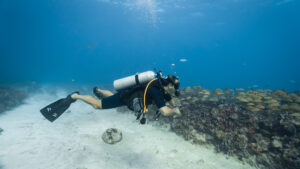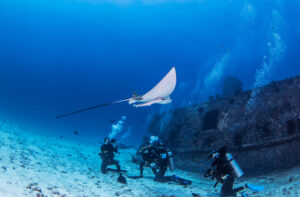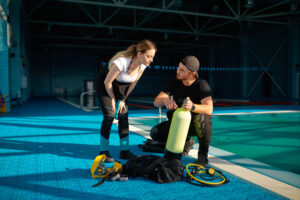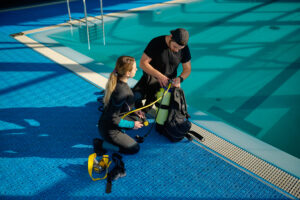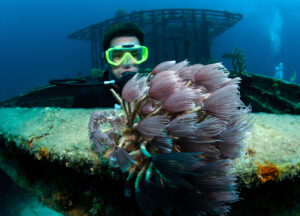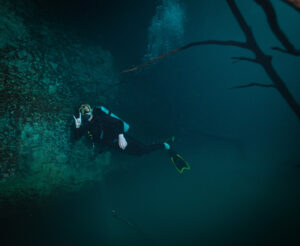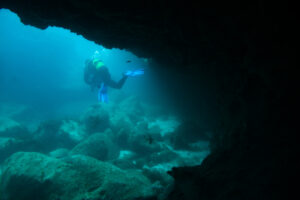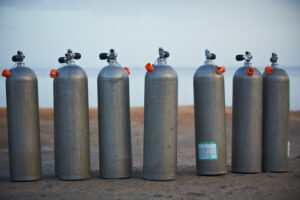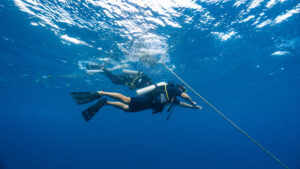What is the AA6061 Aluminium Alloy in Diving Cylinders?
AA6061 is a versatile and widely-used aluminium alloy notable for its exceptional properties such as its strength, weldability, and corrosion resistance. This alloy has gained substantial recognition in the scuba diving industry, particularly for its use in the manufacture of diving cylinders since mid-1988. The adoption of AA6061 marked a significant advancement in the safety and durability of diving cylinders, due to its remarkable resistance to a common metallurgical issue known as sustained load cracking (SLC).
History and Adoption in Scuba Diving Industry
The AA6061 aluminium alloy was developed in the early 1930s and was initially used for aircraft components and architectural applications due to its favorable mechanical properties. However, the alloy’s potential was fully realized in 1988 when the scuba diving industry began exclusively using it for the production of diving cylinders. This transition was primarily influenced by the alloy’s inherent resistance to SLC, a catastrophic failure mode that can lead to the spontaneous rupture of cylinders under pressure.
Sustained Load Cracking (SLC) and AA6061
Sustained load cracking is a dangerous phenomenon typically observed in high-strength aluminium alloys under the influence of a sustained tensile load in a corrosive environment. In the context of scuba diving, SLC can occur in the interior of the diving cylinders, which are exposed to humid air or residual moisture—a prerequisite for corrosion. If not detected early, SLC can lead to cylinder rupture, posing a significant risk to the diver and the surrounding environment.
Prior to the adoption of AA6061, high-strength aluminium alloys such as AA6351 were commonly used for diving cylinders. However, these alloys were found to be susceptible to SLC, leading to several reported accidents. AA6061, with its lower copper content and balanced alloying elements—magnesium and silicon—exhibits excellent resistance to SLC. This characteristic significantly enhanced the safety profile of diving cylinders and played a crucial role in the widespread acceptance of AA6061 in the industry.
Mechanical Properties and Fabrication
The mechanical strength of AA6061, while not as high as that of some other aluminium alloys, is sufficient for the pressure requirements of diving cylinders. The alloy’s strength can also be enhanced through various heat treatment processes, such as solution heat treating and artificial aging. Notably, AA6061 also retains good formability, which allows for easier manufacturing processes.
AA6061 is an excellent candidate for welding, a key factor in the manufacture of leak-proof diving cylinders. Its weldability outperforms many other high-strength aluminium alloys, enabling the creation of strong, durable seams that withstand the high-pressure environments encountered during diving.
Corrosion Resistance and Maintenance
In addition to resistance to SLC, AA6061 offers commendable corrosion resistance. Its protective oxide layer helps reduce the impact of corrosive agents, making it ideal for use in the marine environment associated with scuba diving. However, regular inspection and maintenance are necessary to ensure the continued integrity of AA6061 diving cylinders, including internal visual inspections and hydrostatic testing.
Environmental Impact and Sustainability
Aluminium, including AA6061, is a highly recyclable material, making it
a sustainable choice for the manufacture of diving cylinders. This characteristic aligns with the increasing environmental awareness in the scuba diving industry, promoting responsible and sustainable diving practices. The ability to recycle used cylinders into new products significantly reduces the environmental impact and carbon footprint associated with their production.
Key Takeaways
The adoption of AA6061 for the manufacture of diving cylinders has undeniably revolutionized the scuba diving industry. Its resistance to SLC, combined with its other favourable properties such as weldability, corrosion resistance, and recyclability, have made it the material of choice for diving cylinders.
Although AA6061 has proven to be a reliable material for this purpose, continual research and development efforts in materials science could potentially introduce new alloys with superior properties. However, given its track record and the industry’s familiarity with its properties and handling, AA6061 is likely to remain a mainstay in the manufacture of diving cylinders for the foreseeable future.
Scuba diving, like any sport or hobby involving complex equipment, continually evolves through technological advancements and improved understanding of material properties. While the diving industry has made significant strides in enhancing safety and performance, the journey towards further advancements remains an ongoing process. The story of AA6061 and its role in improving the safety and reliability of diving cylinders exemplifies this continual evolution—a testament to the industry’s unwavering commitment to safety, innovation, and environmental sustainability.

